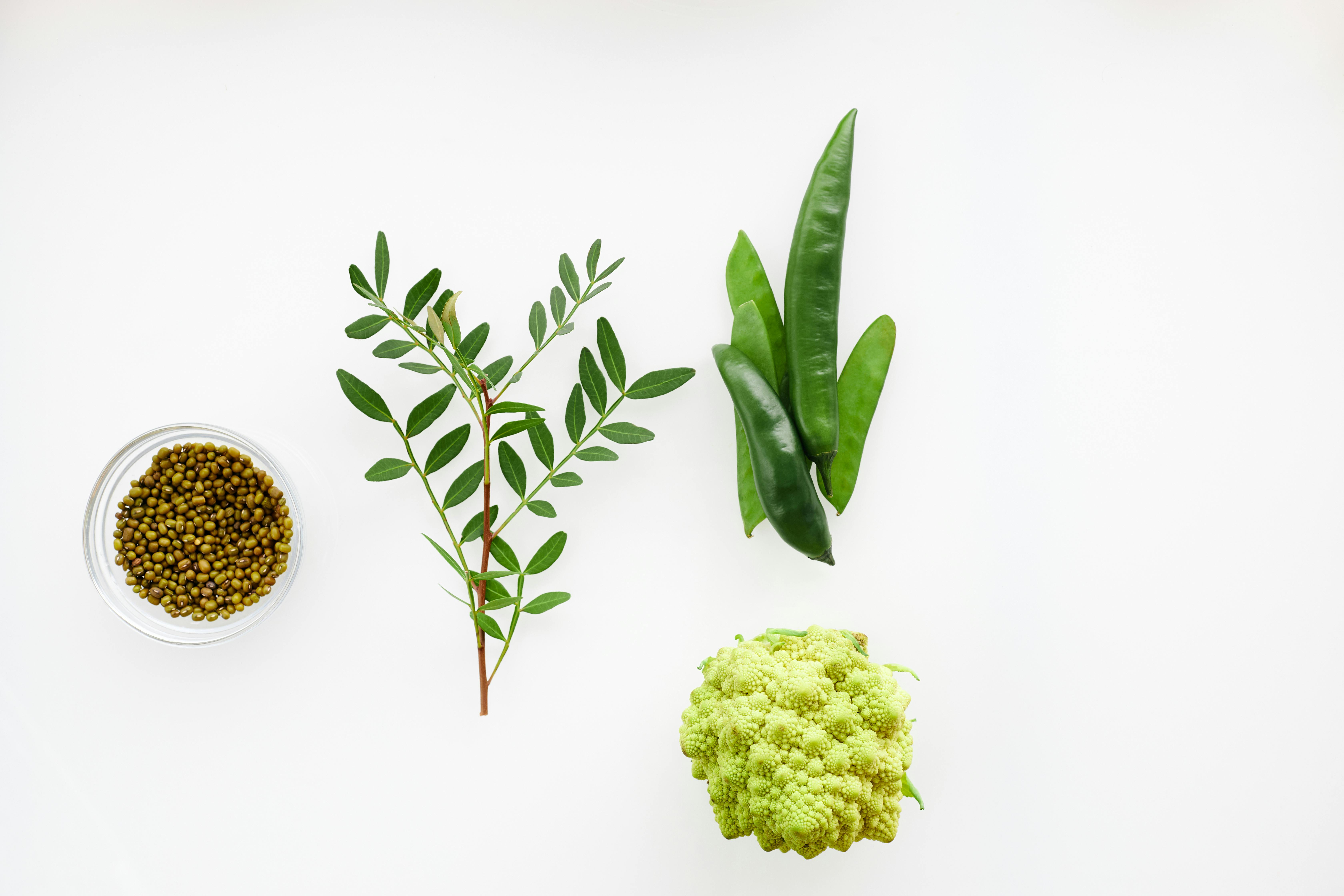
Essential Guide to Using Shrimp for Algae Control
In 2025, the relationship between shrimp and algae has taken on new significance in both aquaculture and home aquariums. Shrimp, nature’s tiny scavengers, not only thrive on algae but also play a crucial role in controlling its growth. Understanding this dynamic can lead to healthier shrimp populations and cleaner aquatic environments. This article highlights key concepts in shrimp-algae interaction, covering various shrimp species' diets, benefits of algae, and feeding strategies.
By leveraging this knowledge, hobbyists and aquaculture practitioners can optimize nutrient cycling and shrimp health, making algae not just a food source but an integral component of shrimp habitats. Let’s dive into the essential aspects of shrimp and algae.
Understanding the Shrimp and Algae Relationship
The shrimp-algae relationship is symbiotic; shrimp benefit nutritionally while helping control algae populations, which in turn contributes to water quality. Many shrimp species, especially freshwater varieties, consume algae, gaining essential nutrients such as protein and omega-3 fatty acids needed for growth and reproduction.
Feeding Shrimp an Algae-Based Diet
Feeding shrimp with algae is a natural and effective strategy for thriving aquaculture. Different types of algae can be included in their diet, such as spirulina and chlorella, known for their high nutrient density. Many aquarists choose algae-based foods to enhance shrimp health, resulting in stronger immune systems and improved reproduction rates.
Algae Types Shrimp Can Eat
There are several algae varieties that shrimp can consume. Green algae, blue-green algae, and diatoms are popular choices. These algae types are not only palatable but also promote healthy digestion and metabolic function in shrimp. Research points to the positive impact of microalgae on shrimp larvae, helping in their early development stages.
Benefits of Algae for Shrimp Growth
Algae are rich in essential nutrients and provide numerous benefits for shrimp growth. Regular consumption of algae can enhance growth rates due to its digestible carbohydrates and protein content. Moreover, algae's fiber helps maintain gut health, promoting better absorption of nutrients. This nutrient-rich algae contributes to a balanced diet potentially improving the longevity and vitality of shrimp.
Feeding Strategies for Effective Algae Consumption
Adopting the right feeding strategies is crucial for maximizing the potential of shrimp diets rich in algae. Aquarists should focus on ensuring their shrimp get a balanced diet that includes both algae and other food sources.
Implementing a Balanced Feeding Regime
A balanced feeding regime encourages shrimp to consume a diverse diet, where algae plays a key role. This could involve using algae flakes or incorporating live algae into their diet. It's essential to observe feeding behaviors, ensuring that algae doesn’t outcompete other food sources.
Sustainable Algae Harvesting Techniques
Harvesting algae sustainably involves ensuring that your culture does not lead to overgrowth, which can be detrimental to water quality. Techniques include periodic harvesting and rotating algae species to maintain biodiversity. This practice not only helps keep nutrient levels stable but also optimally supports shrimp health.
Evaluating Shrimp Feeding Habits
Monitoring shrimp feeding habits can provide valuable insights into the effectiveness of an algae-based diet. Observations can help determine which algae types are more favored and how shrimp interact with these food sources in their environments. Adjusting feeding routines in response to these observations leads to better growth rates and healthier shrimp.
Role of Algae in Shrimp Habitats
In shrimp habitats, algae perform a multi-faceted role beyond nutrition. Healthy algae populations support aquatic ecosystems, provide hiding spots for shrimp, and contribute to oxygen production in tanks or ponds.
Water Quality Management with Algae
Algae can help enhance water quality by assimilating excess nutrients, which might otherwise lead to harmful algal blooms. This management approach not only supports shrimp growth but also maintains a stable aquatic ecosystem, making it a sustainable practice in aquaculture.
Creating Optimal Shrimp Environments
Establishing an environment rich in healthy algae can benefit shrimp significantly. This involves ensuring adequate light and maintaining nutrient levels conducive to algae growth without risking overpopulation. Proper tank setup, with variations in water flow and conditions, encourages diverse algal communities.
Integrating Algae into Shrimp Breeding
In shrimp breeding, algae play a critical role, providing essential nutrients that support the growth of juvenile shrimp. An algae-rich environment can enhance breeding outcomes, leading to higher survival rates of larvae. Understanding the dynamics of this relationship is crucial for successful shrimp farming.
Understanding the Importance of Algae Nutrition
The significance of algae nutrition for shrimp cannot be overstated. With the right algae sources, shrimp can achieve optimal growth rates and exhibit healthy reproductive behaviors.
Nutritional Needs of Shrimp
The nutritional needs of shrimp in aquaculture often align with algae enrichment. Algae offer vitamins, minerals, and essential fatty acids that supplement conventional feed, creating a more robust diet. Observing how shrimp respond to different algae types contributes to better feeding practices.
Research on Algae Impact on Shrimp Health
Research indicates a positive correlation between algae consumption and shrimp health. Shrimps that feed on algae display enhanced gut health and robust immune responses. Recognizing these effects highlights the importance of incorporating algae into shrimp diets.
Innovative Algae-Based Feed Solutions
The future of shrimp aquaculture will see an increase in algae-based feed innovations. These feed solutions promise to harness the nutritional benefits of algae while meeting shrimp growth demands effectively. Embracing these innovations fosters sustainability in shrimp farming practices.
Conclusion: Embrace Algae for Healthier Shrimp
In conclusion, shrimp and algae form a dynamic relationship that benefits both parties. By understanding the various types of algae suitable for different shrimp species and integrating algae into their diets effectively, aquarists and shrimp farmers can successfully promote shrimp growth and health. With sustainable practices, algae can transform shrimp farming and contribute to healthier aquatic ecosystems.
To explore more about shrimp care and algae benefits, check out this resource for comprehensive information.